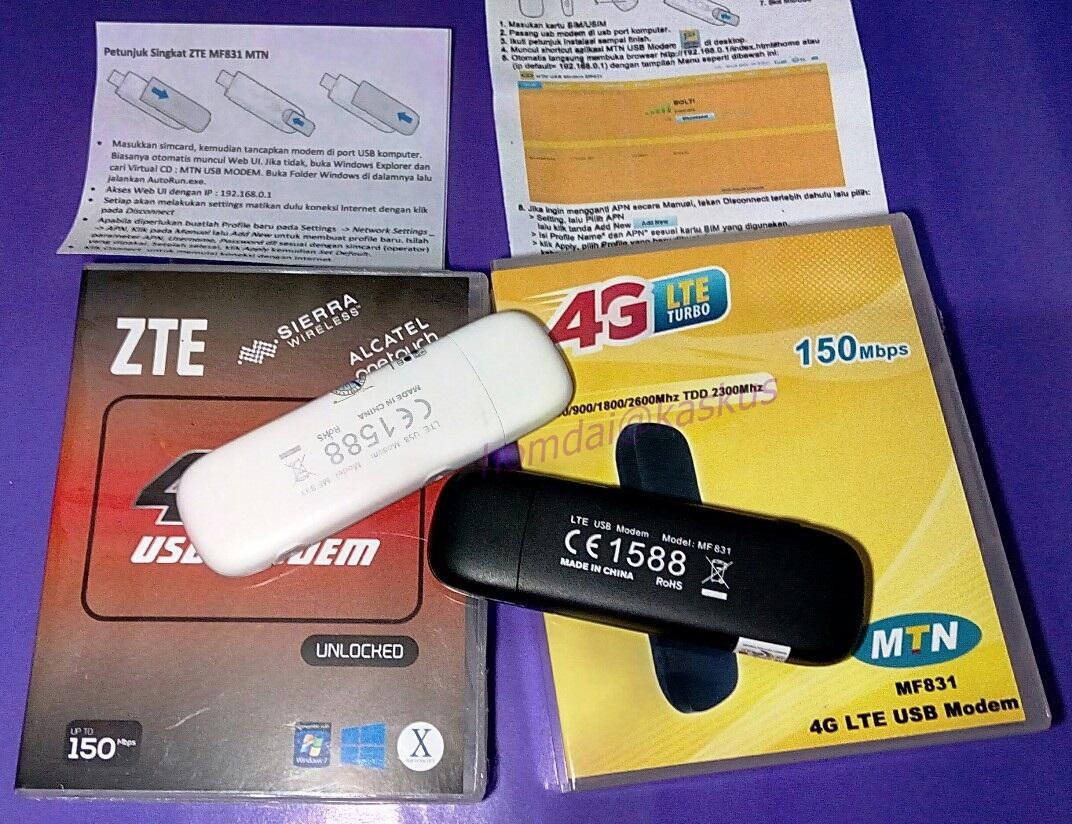Qualcomm Snapdragon chipset has been featuring many Android smartphones of many brands like Xiaomi, ZTE, Huawei, Oppo, and so on. Equipped with multicore processor from dual CPUs to quadcore and even hexacore CPUs. However, flashing ROM on a Qualcomm-powered smartphone from a Windows-based computer need a specific driver software. Meet Qualcomm QDLoader HS-USB, a necessary driver software for you to make it easy flashing your favorite ROM via your computer.
- Alcatel Hs-usb Android Modem 9026 Driver Download Windows 10
- Alcatel Hs-usb Android Modem 9026 Driver Downloads
Alcatel HS-USB Android DIAG 901F: Alcatel Incorporated: Serial/Parallel Port: ALCATEL HS-USB Android DIAG 9020: ALCATEL Incorporated: Serial/Parallel Port: ALCATEL HS-USB Android DIAG 9021. DriverHive is a driver updater service that will scan your computer's installed devices, identify the best fitting drivers and provide them in an easy. Download latest drivers for Alcatel HS-USB Diagnostics 9033 on Windows. The package provides the installation files for Qualcomm HS-USB Android DIAG 9020 Driver version 4.0.2.5. Now press the install Button to start installation of Driver. Android Hs Usb Diagnostics Af02 Driver for Windows 7 32 bit, Windows 7 64 bit, Windows 10, 8, XP.
Basically, this driver is packed within new version of Mi Flash tool, a software to flash MIUI ROM on Xiaomi devices. However, many other non-Xiaomi devices may need this driver. Therefore, here it is a standalone full Qualcomm QDLoader HS-USB driver download-able via direct link from our server. Choose appropriate version whether 32-bit or 64-bit which depends on which operating system running on your computer. The installer file is compressed within a .zip file so you may need either Winzip or Winrar to extract it. Grab it from the link(s) below:
Download
QDLoader HS-USB Driver_32bit_Setup.zip
How to install? Simply follow Step 1 to Step 10 from this guide.
Remember that Qualcomm does not offer support or drivers to end consumers. Qualcomm sells Integrated Circuits (IC’s) to module manufacturers or other Original Equipment Manufacturers (OEM’s) and under contractual obligations cannot offer end user support. If there are issues regarding configuration and usage of your product, please contact the OEM’s technical support department.
Our suggestion is that you refer to the manufacturer’s website, as they typically offer online technical support pages where software drivers, updates, and other related information can be obtained. You need to contact the OEM of your equipment directly as we are unable to support our chips once the manufacture has modified them for their particular use.
This article was updated: June 24, 2019.
You can get faster updated information on new post via our social media account. Like us on Facebook or subscribe your email to our news letter. Please do not hesitate to send us any query or write a message in the comment section below this article. Share us your opinion or your experience! Thanks..
Liked this post? Use the buttons below to share it with your friends..
- Table of contents
- D-Link DWM-222 stick
- Software
- Firmware

This stick is available at multiple operators and it is quite cheap. If you want to get into Linux-based Qualcomm dongles that are easier to attach to your laptop than Quectel modems (no messing around with mini-PCIe to USB adapters and what not) it might be a way to go.
WARNING!
Current version of the DWM-222 does NOT expose ADB, so accessing the underlying Linux is currently not possible! HOWEVER there might be ways to enable this functionality, so keep reading, but BE AWARE BEFORE PUCHASING!
 Example of devices that are closely related:
Example of devices that are closely related: - PTCL Charji Wingle R660
- (?)D-Link DWR 901 (unsure, FIXME)
Hardware¶
Opening the stick requires just removing the back cover (which reveals the standard size SIM slot and the microSD card reader), then unscrewing the Philips 3 screws.
The stick is based on the Qualcomm MDM9225 chipset. It is closely related to the MDM9625 apparently (based on the firmware analysis).
There are two antenna connectors (U.FL) exposed on the PCB.
Software¶
The dongle is a typical USB WWAN modem. It requires usb_modeswitch to change from mass_storage mode (enables installation of driver) to modem mode.
Mass storage mode USB id: 2001:ab00
WWAN USB id: 2001:7e35
After the switch you'll see 4 ttyUSB devices appearing in /dev. For me these devices only started to work after telling the option driver about the USB id of the device:
The devices are:
Drivers¶
If in mass_storage mode there is a Windows driver available with D-Link Connection Manager. It basically just switches the device to modem mode, and then provides a GUI to establish a connection.
Surprisingly D-Link provides Linux support for the dongle. A page is dedicated to guide you through the installation. https://eu.dlink.com/uk/en/support/faq/routers/mobile-routers/how-to-install-my-dwm-222-on-ubuntu
However it is not recommended to follow the instructions, because the 'driver' is just a collection of bash scripts that tries to configure PPP daemon. Interestingly it has a complete collection of MCC, MNC, APN triples for all operators around the world. Based on the IMSI queried from the SIM card it tries to find the right settings and feed them to pppd.
Firmware¶
There are 2 firmware versions available for download currently: 2.0.1 and 2.0.8. https://eu.dlink.com/uk/en/products/dwm-222-4g-lte-usb-adapter#support
The dongle that I had came with an older version, 1.7.9. It didn't really work for me, so I upgraded to 2.0.8:
Upgrade process¶
Upgrade can only be done from Windows. The file provided is a self-extracting executable. After extracting the contents it turned out to be quite interesting: a collection of executables and batch files, as well as MBN and yaffs2 images.
After tracing the upgrade process I've established its steps roughly:
Now comes the tricky part: the bat files tries to reboot the device into fastboot mode using ADB shell. However D-Link requested ADB to be turned off for the device, so the fastboot part fails. Basically you'll end up with a device that has new DSP software, but the Android part is unchanged. Fortunately the device stays operational after the failed update, only its LED is stuck on white instead of different colors/blinking.
So the complete upgrade cycle would look like this (based on reading the bat files):
Analyzing the firmware¶
Since it is just YAFFS2 it was easy to unpack the firmware and poke around it. No encryption/signatures/etc. was in place.
It is, as suspected, Linux.
They supply 2 YAFFS2 images: one is the rootfs, the other is /usr
File list of rootfs
The WEBSERVER and www directory are there for the WiFi router versions which use a web-based interface for settings.
I was mainly curious about ADB, so I followed the /etc/init.d/usb script. It saves the USB device id of the device to a file, then based on the id it starts a bash script located in /usr/bin/usb/compositions
Looking into the file 7e35 (the id of the D-Link device) reveals why ADB is missing - the Android USB Gadget is configured without ADB:
Simple adding adb to the echos should be enough, based on the other script files. So I added the string adb to the right places in the file, re-packed the usr YAFFS2 image just to find out that because I could not get it into fastboot mode...so if someone could find a way to put the dongle into fastboot mode then simply installing a patched firmware file would enable ADB on the device.
So now the question arises: what kind of dongle would you need to buy that has ADB out of the box? I could tell you the USB device id of such devices:
It would be great to find out the actual vendor of these, so we can tell people exactly what to buy. I'm assuming Chinese LTE dongles from eBay are prime candidates, but that's just a guess.
 UPDATE:
UPDATE:Starting to collect devices (based on Internet searches, so no warranty on these):
- Alcatel/Bell ASB TL131 - 05c6: 9025
- Novatel USB620L (Enterprise mode?) - 1410: 9022

Alcatel Hs-usb Android Modem 9026 Driver Download Windows 10

Alcatel Hs-usb Android Modem 9026 Driver Downloads
| dwm222_pic.jpg | 466 KB |
| pcb_pic.jpg | 444 KB |
